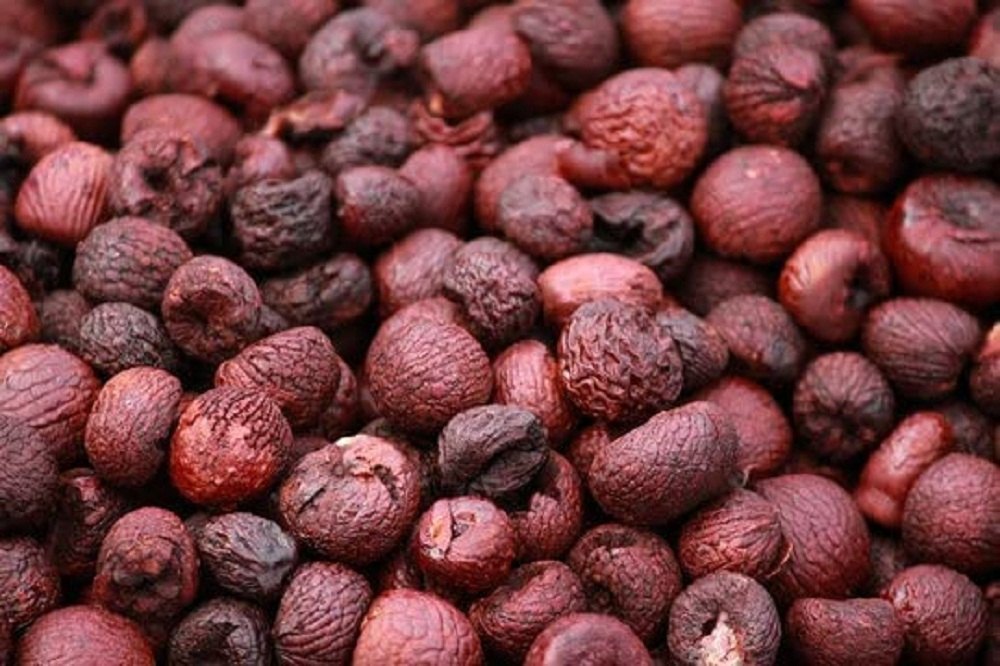Introduction:
The areca nut, also known as betel nut, has a deep-rooted cultural significance and a long history of use in various traditions. Widely consumed in Asia and some parts of Africa, the areca nut is often chewed in combination with other ingredients, such as betel leaves and slaked lime. In this detailed blog, we will delve into the origins, cultural significance, health implications, and considerations surrounding the consumption of areca nuts.
Origins and Cultivation:
Native to Southeast Asia:
- Geographic Origin:
- The areca palm (Areca catechu), the source of areca nuts, is native to tropical regions of Southeast Asia.
- Cultivation:
- Areca palms thrive in warm climates and are cultivated for their seeds, which are the areca nuts.
Cultural Significance:
Traditional Practices:
- Ceremonial and Social Context:
- Areca nut chewing has deep cultural and social roots, often being a part of ceremonies, rituals, and social interactions.
- Symbolism:
- In some cultures, offering areca nuts symbolizes hospitality, friendship, and good wishes.
Rituals and Traditions:
- Religious Practices:
- Areca nut chewing is integrated into religious practices, where it holds spiritual significance.
- Social Bonding:
- Sharing areca nuts is a common practice during social gatherings, fostering a sense of community and connection.
Composition of Areca Nuts:
Alkaloids and Compounds:
- Arecoline:
- The primary psychoactive alkaloid in areca nuts, arecoline, is responsible for the stimulant effects associated with chewing.
- Tannins and Polyphenols:
- Areca nuts contain tannins and polyphenolic compounds, contributing to their bitter taste and potential health effects.
Health Implications:
Stimulant and Psychoactive Effects:
- Stimulant Properties:
- Arecoline acts as a central nervous system stimulant, leading to increased alertness and mild euphoria.
- Psychoactive Effects:
- Chewing areca nuts can induce feelings of relaxation and heightened sensory perception.
Oral Health:
- Staining and Tooth Decay:
- Prolonged use of areca nuts can lead to the staining of teeth and contribute to dental issues, including decay.
- Oral Cancer Risk:
- Studies suggest a link between long-term areca nut chewing and an increased risk of oral cancer.
Digestive and Cardiovascular Effects:
- Digestive Stimulation:
- Areca nut consumption can stimulate digestion, leading to increased salivation and intestinal activity.
- Blood Pressure and Heart Rate:
- Arecoline may influence blood pressure and heart rate, potentially posing risks for individuals with cardiovascular conditions.
Considerations and Risks:
Addiction and Dependence:
- Chewing Habituation:
- Regular areca nut chewing can lead to habituation and dependence, with users experiencing withdrawal symptoms upon cessation.
- Potential for Addiction:
- The psychoactive effects of arecoline can contribute to the development of addictive behavior.
Health Warnings:
- Oral Health Awareness:
- Public health campaigns often emphasize the risks associated with areca nut chewing, particularly in relation to oral health.
- Cessation Support:
- Individuals looking to quit areca nut chewing may benefit from support services and awareness programs.
Conclusion:
The areca nut, deeply woven into the fabric of cultural and social practices, carries a complex set of implications for health and well-being. While it holds cultural significance in many regions, it’s essential to recognize and address the potential health risks associated with its consumption. As we navigate the intricate tapestry of traditions and health considerations, fostering awareness and understanding becomes paramount. The areca nut, with its rich cultural heritage, prompts a nuanced dialogue on the intersections of tradition, health, and societal practices in our ever-evolving global landscape.













